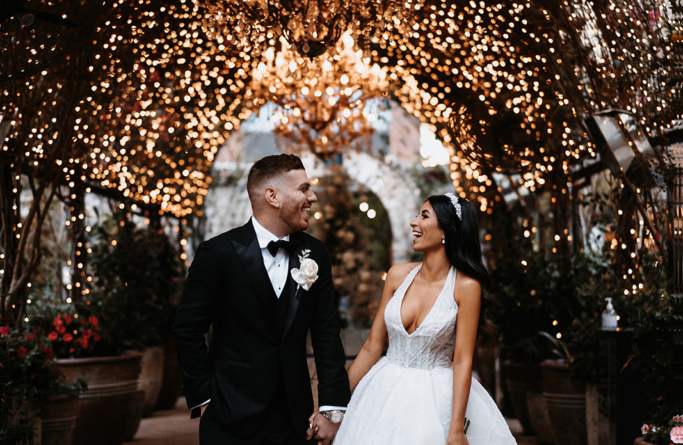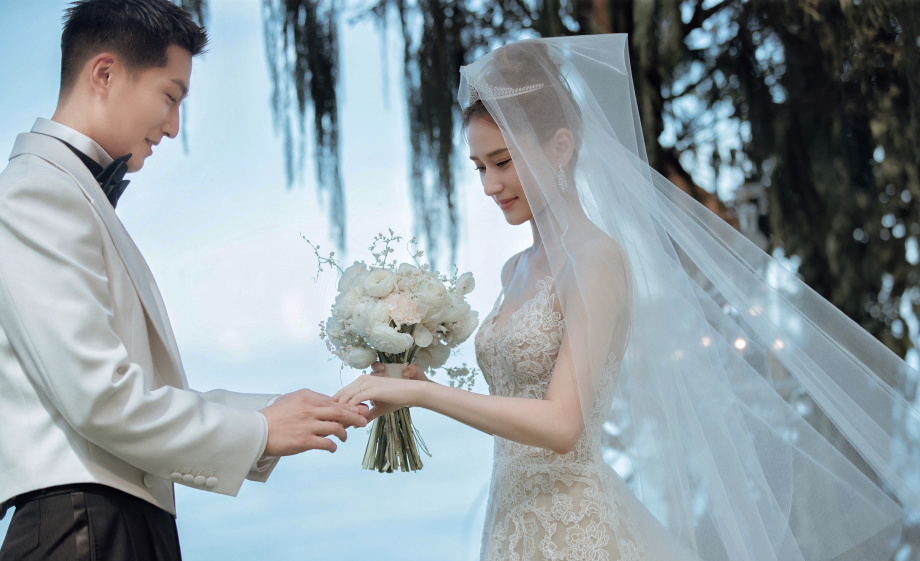A Chinese wedding is a unique and festive occasion that is rich in cultural traditions. If you’re planning a Chinese wedding, it’s important to understand the customs and traditions that are involved in order to create a memorable event. In this response, we will discuss how to plan a Chinese wedding, including the customs, bridal attire, traditions, regional differences, and food service.
Table of Contents
Customs and Traditions
Chinese weddings are rich in customs and traditions that are meant to bring good luck and happiness to the couple and honor Chinese heritage.
- Guo Da Li: Before the wedding ceremony, the groom and his family must present betrothal gifts to the bride’s family as a sign of their intention to marry. These gifts usually include items such as tea, jewelry, and red envelopes filled with money.
- Choosing the wedding date: In Chinese culture, the wedding date is chosen based on astrological calculations and the couple’s birth dates. It is believed that choosing an auspicious wedding date will bring good luck and happiness to the couple.
- Tea ceremony: During the wedding day, the bride and groom will serve tea to their parents and other elders as a way of showing respect and gratitude. This is often accompanied by the exchange of red envelopes filled with money.
- Red clothing: Red is considered a lucky color in Chinese culture, so it is often worn by the bride and groom during the wedding ceremony. The bride may wear a red qipao or a red dress, while the groom may wear a red tie or a red sash.
- Lion dance: A lion dance may be performed during the wedding ceremony or reception to bring good luck and drive away evil spirits.
- Dragon and phoenix imagery: The dragon and phoenix are considered symbols of good luck and are often incorporated into the wedding decorations, invitations, and attire.
- Firecrackers: Firecrackers are often set off during the wedding ceremony or reception to ward off evil spirits and bring good luck.
- Banquet: A wedding banquet is an important part of Chinese wedding traditions. It is usually held after the wedding ceremony and is a time for the newlyweds to celebrate with their family and friends.
- Double happiness symbol: The double happiness symbol is a common motif in Chinese weddings and is often seen on wedding invitations, decorations, and favors. It represents the wish for the couple to have a happy and prosperous marriage.
- Wedding favors: Red envelopes filled with money or small gifts such as candies or chocolates are often given to guests as wedding favors to thank them for attending the wedding.
Regional Differences
China is a vast country with many regional differences in culture and traditions. For example, in the southern regions of China, it is traditional for the bride to wear a phoenix crown, which is a headpiece adorned with jewels and pearls. In northern China, it is customary for the groom to give the bride’s family a set of wedding gifts known as the “six etiquette gifts.”
Bridal Attire
The bride in a Chinese wedding usually wears a red qipao or cheongsam, which is a form-fitting, high-necked dress that symbolizes good luck and happiness. The bride may also wear a red veil or carry a red umbrella, which are both traditional symbols of good luck.
Food
Food is an important part of a Chinese wedding, and it is usually served in a banquet style. The menu typically includes traditional dishes such as dumplings, seafood, and noodle dishes. The number of courses served during the meal is typically an odd number, as even numbers are associated with funerals in Chinese culture.
Planning a Chinese wedding involves incorporating rich cultural traditions and customs that have been passed down through generations. From the tea ceremony to the festive banquet, a Chinese wedding is a celebration of love, family, and community. By understanding these traditions and customs, you can create an unforgettable event that reflects your heritage and celebrates your unique love story.
READ MORE: How to Plan a Serbian Wedding

